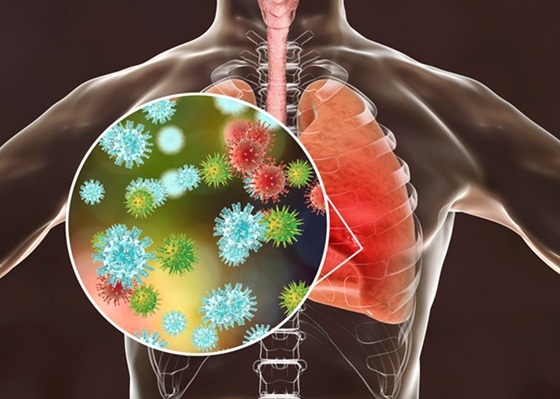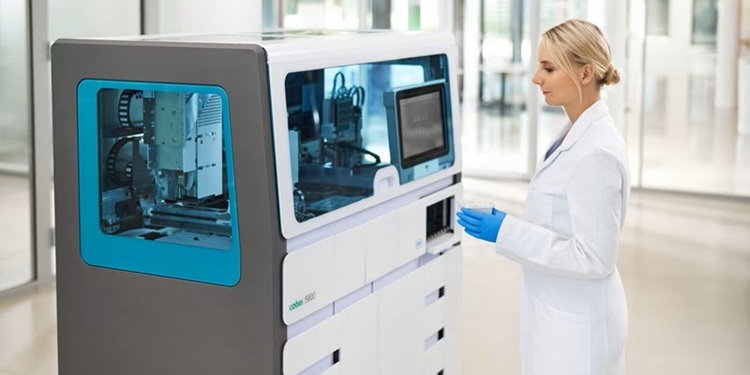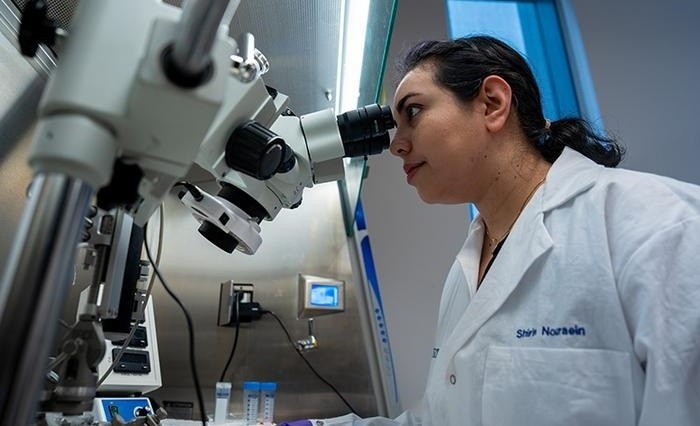Liquid Biopsy Allows Monitoring of COVID-19 Damage to Cells, Tissues, and Organs
By LabMedica International staff writers
Posted on 09 Feb 2021
A recent study presented results that point to the utility of exploiting cell-free DNA as an analyte to monitor the damage caused to cells, tissues, and organs by COVID-19.Posted on 09 Feb 2021
While COVID-19 primarily affects the lungs, evidence of systemic disease with multi-organ involvement has emerged. In order to better understand this phenomenon, investigators at Cornell University (Ithaca, NY, USA) and colleagues in the United States and Canada developed a blood test to broadly quantify cell, tissue, and organ specific injury due to COVID-19.

Image: Transmission electron microscope image showing SARS-CoV-2, the virus that causes COVID-19. Virus particles are shown emerging from the surface of cells cultured in the laboratory (Photo courtesy of US NIAID, via Wikimedia Commons)
For this study, the investigators employed a liquid biopsy method to conduct genome-wide methylation profiling of cell-free DNA in the blood plasma. They assessed the utility of this test to identify subjects with severe disease in two independent, longitudinal cohorts of hospitalized patients. Cell-free DNA profiling was performed on 104 plasma samples from 33 COVID-19 patients and compared to samples from patients with other viral infections and healthy controls.
The investigators reported finding evidence of injury to the lung and liver and involvement of red blood cell progenitors associated with severe COVID-19. Furthermore, a high concentration of cell-free DNA in the blood was itself a strong prognostic marker for severe COVID-19 cases.
“A lot of what we have learned about the involvement of the virus with different organs is from invasive biopsies, postmortem biopsies,” said senior author Dr. Iwijn De Vlaminck, assistant professor of biomedical engineering at Cornell University. “But a liquid biopsy is potentially very useful as a biological measurement, a way to study what is going on in patients who have different types of symptoms, for example. It could be used to assess disease severity and help stratify patients in the care system. It could also potentially be a surrogate biomarker that you could include in randomized controlled trials of various anti-COVID therapies and anti-virals.”
The cell-free DNA study was published in the January 16, 2021, online edition of the journal Cell Med.
Related Links:
Cornell University














